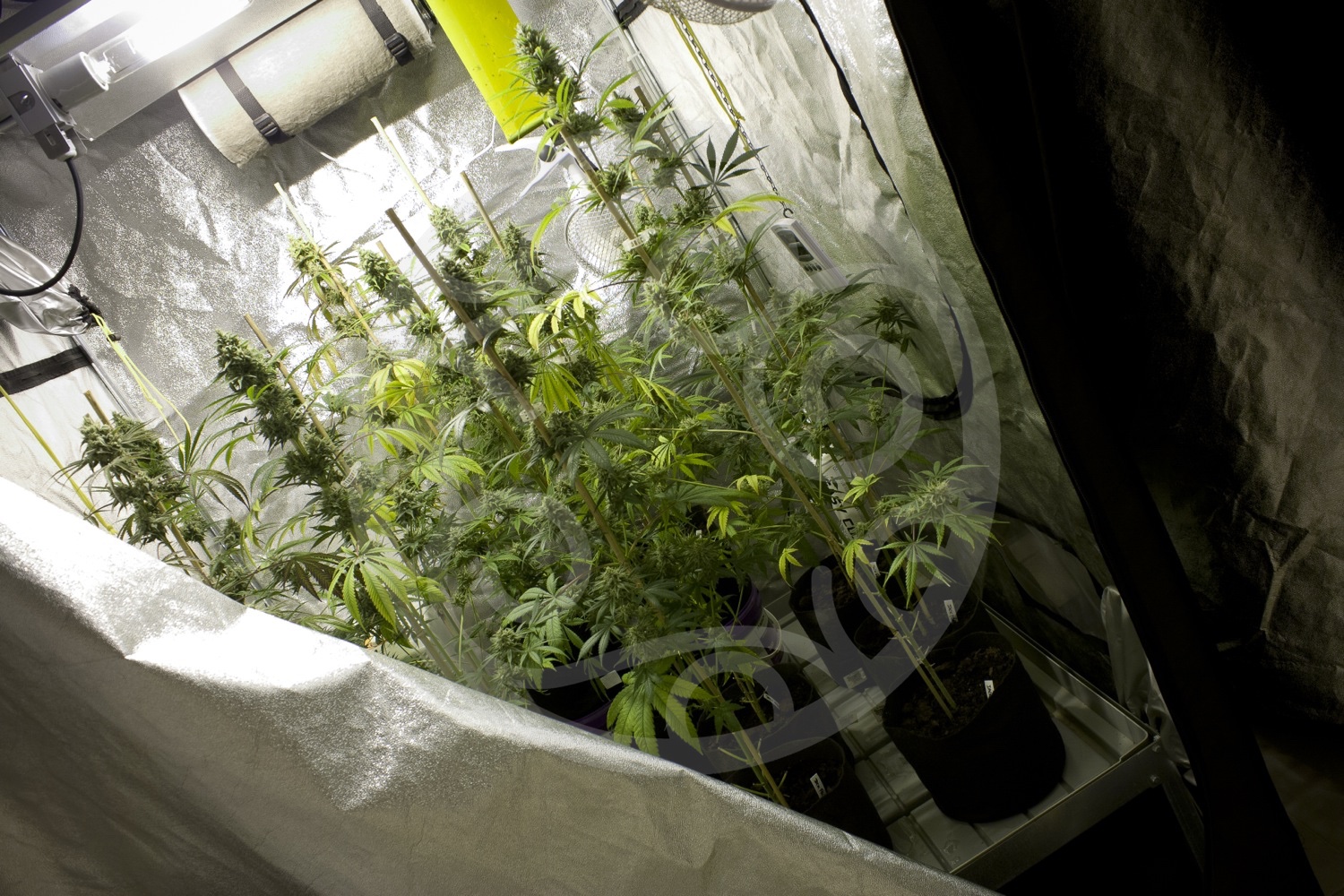What are cannabis landraces?
List of contents
In many countries, it is now easy to find seeds of hundreds of cannabis strains on the market. However, most of these seeds are hybrids, that is, crosses between plants with more or less different genetics, or direct crosses between hybrids, which further increases the genetic mix that these varieties present.
But where did the first marijuana hybrids come from? What plants were used for its development? Well, they were the pure varieties or landraces, genetics adapted to a specific environment and that, at the time, were cultivated in other territories for the creation of the first hybrids. Today we will talk about them and we will see their importance to explain the current situation regarding cannabis varieties.
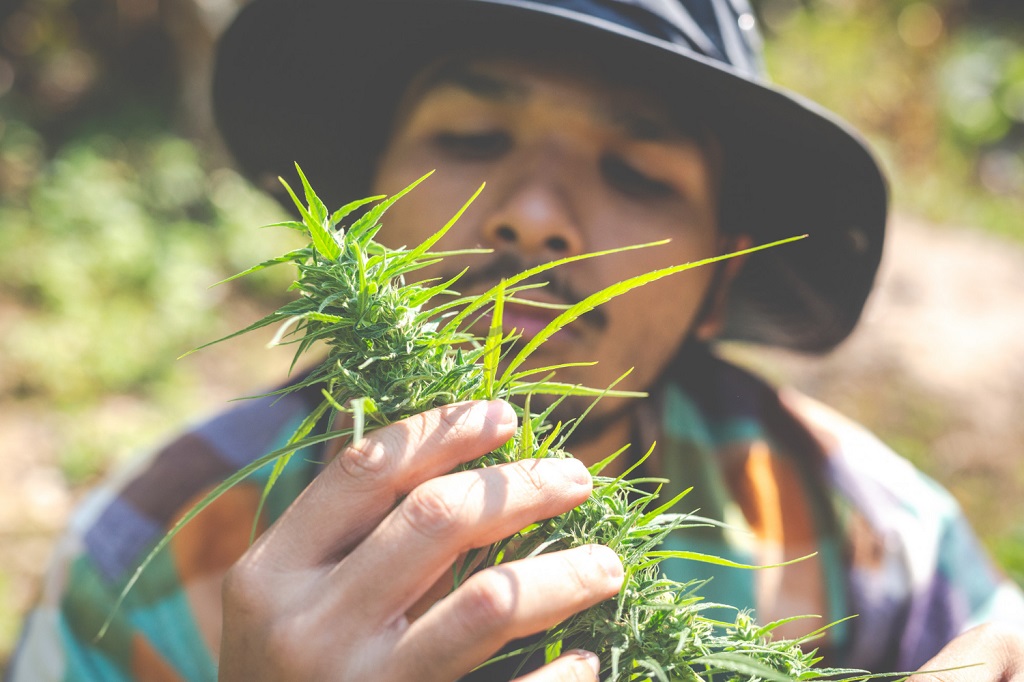
What is a landrace cannabis strain?
We start with a somewhat thorny issue, since there is - as in many other aspects of this plant - a heated debate about the definition of landrace or pure variety for cannabis, especially regarding the way in which the plant would have adapted to its environment. and would have evolved. But let's start at the beginning;
What is a landrace variety?
It is often said that it is a variety that has remained isolated from other populations for a long period of time, in such a way that it has been adapting to its climate and environment generation after generation, setting a series of characteristic traits of said variety. In this way, we could find this type of varieties in different areas of different countries, as often happens in mountainous areas and with deep valleys (Hindu Kush, Central Himalayas), areas of difficult access where varieties remain isolated from their "relatives" nearby.
Thus, we can find landrace varieties throughout the planet, from Asia to South America, passing through Africa and even Europe. These varieties have remained isolated from others for decades, reinforcing a series of traits in terms of growth and flowering to ensure their survival in a given environment and climate, taking advantage of each generation to achieve a better adaptation to the environment.
And this is where the debate comes from: this evolution that we are talking about, should we understand it as a simple natural process or as a process in which the hand of man has intervened? Many authors understand it as a "free" and totally open evolution, without human intervention of any kind. However, in the case of cannabis (one of the first plants cultivated by humanity), this idea seems unlikely since we know that already in the Neolithic the hand of man selected the best plants for reproduction for the next crop.
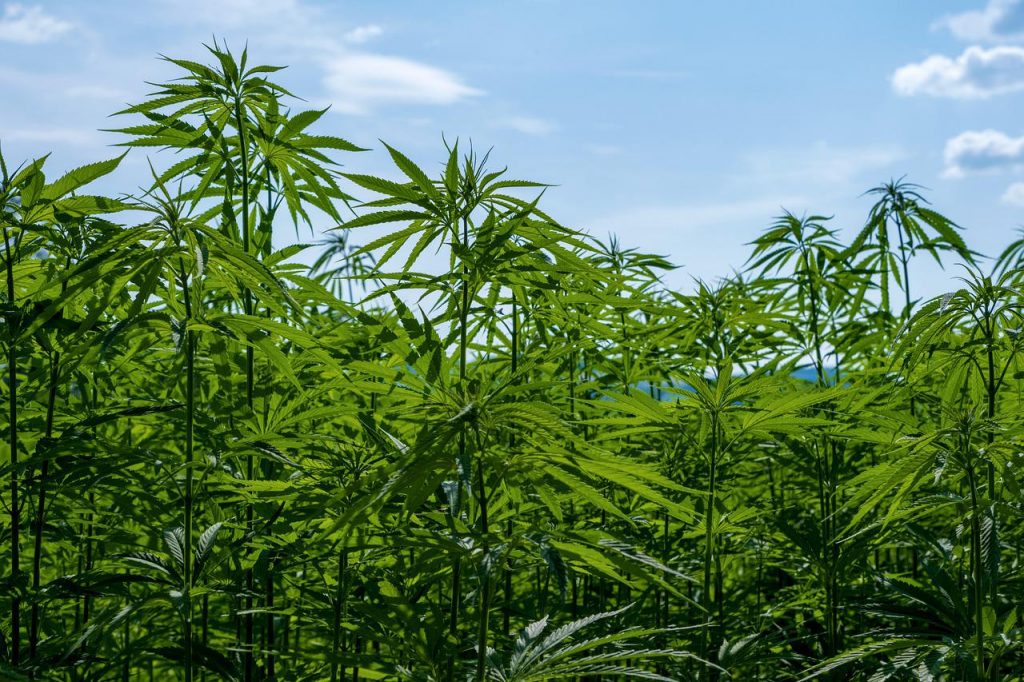
Human intervention in the evolution of landrace varieties
Indeed, it seems unlikely that the evolution of these varieties could have occurred outside of human intervention, especially those that have come down to our days as cultivated or domesticated varieties. If we take the latest research as true, which points to selection processes carried out thousands of years ago, it seems unlikely that these genetics will reach our days without having undergone some type of selection by humans.
After all, saving seeds from the best specimens for the next planting is one of the basic practices of agriculture that, in fact, stems from simple logic. We are not going to save the seeds of the weaker plants for our next crop! Quite the contrary, the farmer will know how to take advantage of the best individuals to reproduce the variety and thus ensure a successful next harvest, thus selecting the parents of his future seeds.
Although it seems obvious that landrace varieties are born from adaptation to their environment combined with a more or less complex process of selection by humans, we must specify the method of selection and reproduction carried out by our ancestors in this type of variety. Logically, the breeding process that can be carried out today with a variety of commercial cannabis such as Purple Punch x Dosidos or Lemon OG Candy has little to do with the one used centuries ago.
Nowadays, clones are often used for seed production, since the objective of obtaining plants that are as similar to each other as possible usually prevails. In this way, the genetic range of the variety is greatly restricted, since only two plants are used to create thousands of seeds, being a very selective system. On the other hand, in landrace varieties, we usually find greater genetic variability, since they usually come from open pollinations (with many more individuals involved) in which more of the variety's own traits are fixed in the offspring.
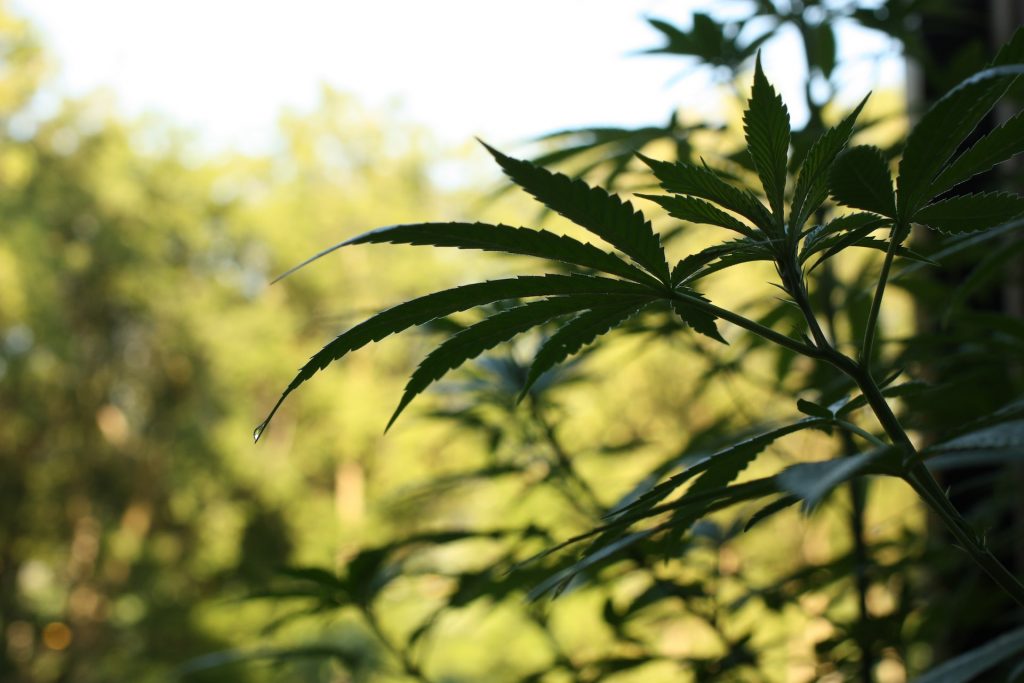
Early landrace varieties
We have seen how landrace varieties have been evolving for decades (some of them centuries) in their place of origin, oblivious to other varieties, climates, and environments. As far as the cannabis community is concerned, they began to make themselves known (by name and surname) during the 1960s and 1970s when various countercultural and underground movements greatly popularized the use of marihuana.
At that time, large amounts of yerba mate from Colombia and Mexico flooded the United States, as well as souvenirs brought from even more distant lands, such as Thailand, India, Afghanistan or Nepal. In this way, some landrace varieties gained well-deserved fame, such as Acapulco Gold, Colombia Gold, Punto Rojo, Congo, Durban, Panama Red or Jamaican Lambsbread, as well as much more compact and shorter varieties such as Afghan genetics and their Pakistani cousins.
Soon, these varieties were being cultivated in American lands, especially on the West Coast (California, Oregon, Washington, etc), where the quality of the material was raised thanks to modern cultivation and selection techniques. However, the pressure from the authorities did not stop, especially towards the growers. It was becoming increasingly necessary to hide crops, and two were the determining factors in the evolution of cannabis cultivation: the development of the first hybrids between landraces and the birth of the first indoor crops under artificial light.
Indoor cannabis cultivation basics
In this post the Philosopher Seeds team introduce you to the world of indoor cannabis cultivation, one of the best ways to get our own cannabis. Lighting, nutrition and ventilation are very important aspects when growing cannabis indoors, crucial if we want abundant and quality harvests.
First hybrids created from landraces
As we have seen, in the US marijuana from Colombia and Mexico dominated sales in the golden age of landraces. Cannabis from Hawaii, Panama, Brazil and certain African countries could also be found, although as you may have already noticed, they were all large, narrow-leaved plants, which are commonly known as Sativas. Thus, the first varieties of marijuana acclimatized, stabilized and hybridized by cannabis breeders themselves were Sativa.
Mexican and Jamaican plants were faster but less potent, so when crossing them with more powerful genetics such as Colombian, Panamanian, Thai or African, Sativa hybrids of great potency and moderate flowering time were usually obtained. You may not have tried our Easy Haze yet, but surely you have smoked something with Haze...because Original Haze by the Haze Brothers was one of the first hybrids to be known!
However, breeders like the folks at Sacred Seeds, the Haze Brothers, and many others soon got their hands on seeds of strains with virtually opposite characteristics, giving rise to compact, short-statured plants with large leaves and wide leaflets. These were Indicas from Afghanistan and Pakistan, and thanks to which the first Indica/Sativa hybrids could be created, giving rise to a type of plant ideal for growing indoors, which was necessarily gaining ground against the outside. . This is how strains like Skunk were born, which you surely know too and which comes from the Sacred Seeds collection.
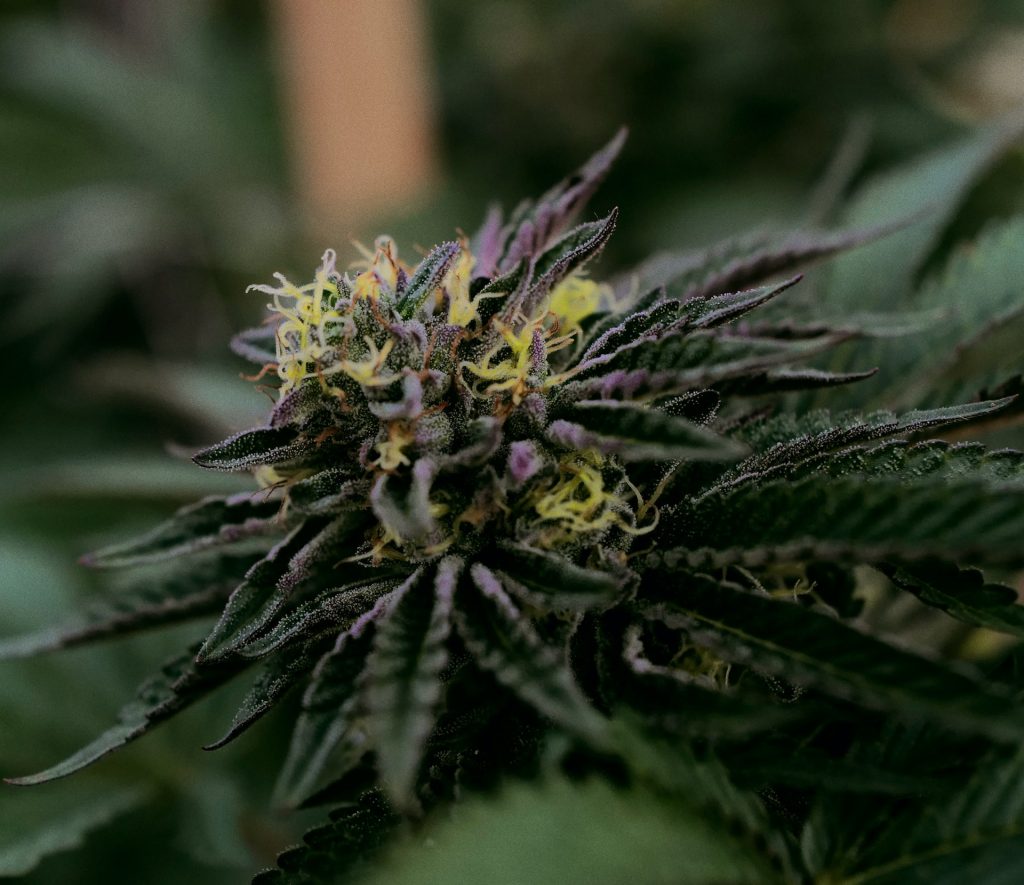
From then on, the fever to create new hybrids adapted to indoor cultivation did not stop until today, when we can have hundreds of different hybrids on the market. Plants like Northern Lights or Big Bud found a place in many gardens thanks to their great results in terms of yield and fast flowering, especially compared to the first cultivated Sativas or their first hybrids. The hybrid revolution had begun, and it was all thanks to those early landraces!
The future of landraces
Unfortunately, these good results given by hybrids not only indoors, but also outdoors and in greenhouses, have ended up pushing landrace varieties into the background, which today are often considered as curiosities rather than what they really are. the pillars on which all the hybrids that we enjoy today are founded.
In addition, many growers who had traditionally cultivated these varieties in their respective places of origin have also discovered the advantages of hybrids, replacing the former with crosses that give higher yields in less time. Even many hash producers have stopped using traditional genetics to grow hybrids, with which the resin yield per square meter is much higher.
However, and thanks to the growing interest in the medicinal properties of cannabis, there is a ray of hope for landraces. And it is that, over the last decades, cannabis breeding has focused mainly on two cannabinoids, THC and CBD. For this reason, today we find varieties with indexes in these compounds much higher than those of half a century ago, although we have paid a price; "losing" along the way a series of secondary cannabinoids (THCV, for example) that today are basically only found in landrace varieties.
We hope that this quest for cannabinoids will result in more landrace plants being cultivated around the world, and we sincerely hope that they are given the respect they deserve. After all, the survival of these varieties is our responsibility.
Happy harvest!
